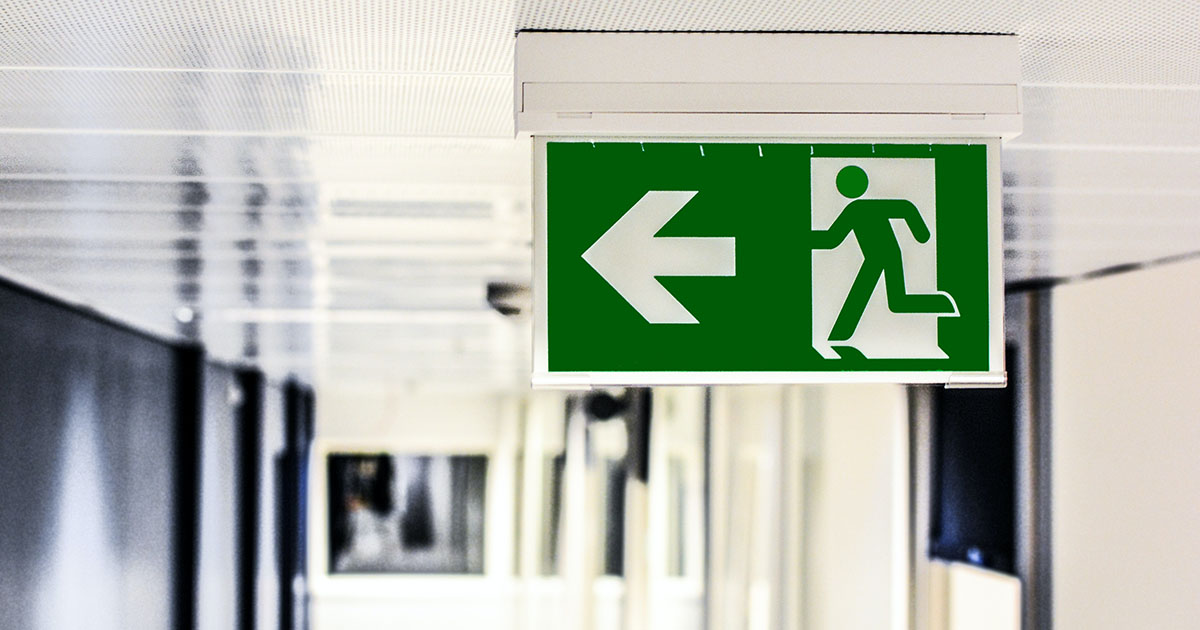Fire Guard Services
Emergency Lighting
Emergency lighting is designed to come on when the power supply to the normal lighting provision fails or when the power supply to the building is cut off. Emergency lights are self-contained units wired to the mains that have a separate battery pack attached. This allows the lights to be powered in the event of a power failure. Units use high-intensity brightness that is focused towards a fire exit. The lights are generally low voltage, to conserve the longevity of the batteries and the bulbs.
"*" indicates required fields
Types of System Installations
Emergency Light servicing and maintenance
Under the British Standards code of practice for emergency lighting (BS 5266), lighting must be regularly maintained to ensure it’s in fully working order.
A service must be carried out annually, however we recommend this is done every six months and is carried out alongside your fire alarm service. This involves a one and a half to three hour duration drain down which tests the functionality of the emergency lighting.
If remedial works are required, a defect sheet is produced. Our engineers can replace any failed components, or install new units, as needed.
Contact us for Advice
Your Emergency Lighting Questions Answered
Emergency lighting is an essential part of any fire safety system and must be tested regularly in order to comply with legal requirements and to ensure it is working correctly.
We also understand that business owners may have questions about how often to test their lighting. That’s why we’ve created this short FAQ to answer some of your questions.

